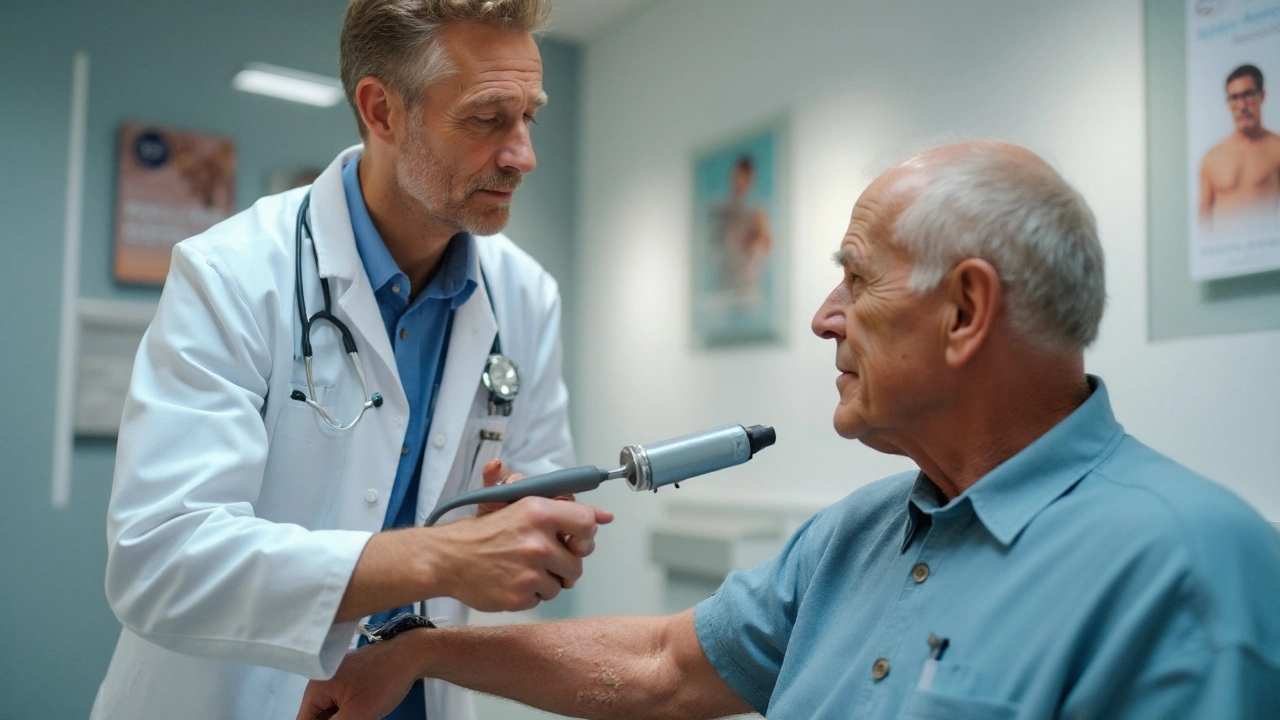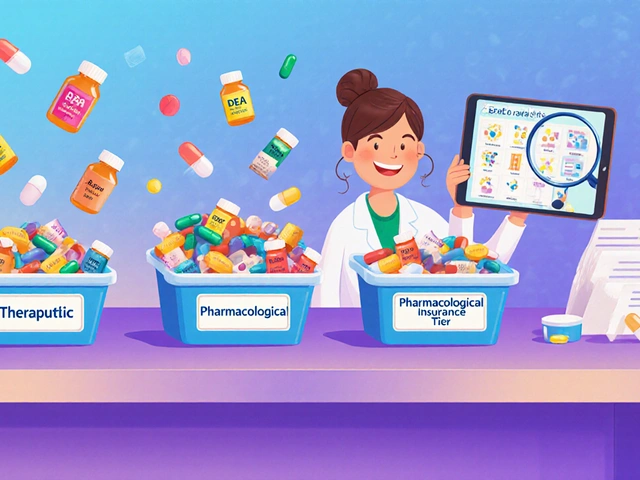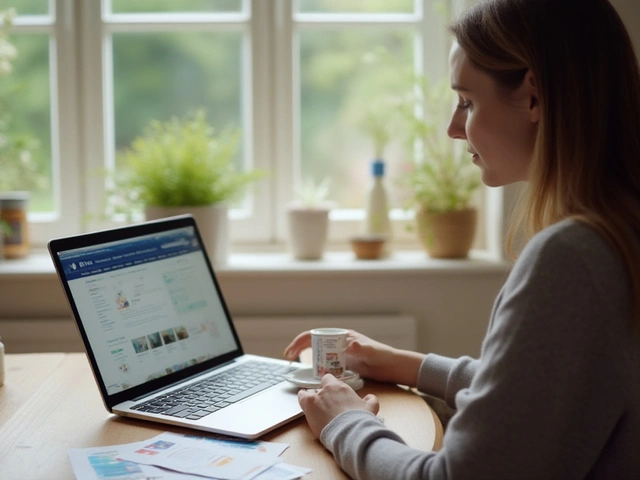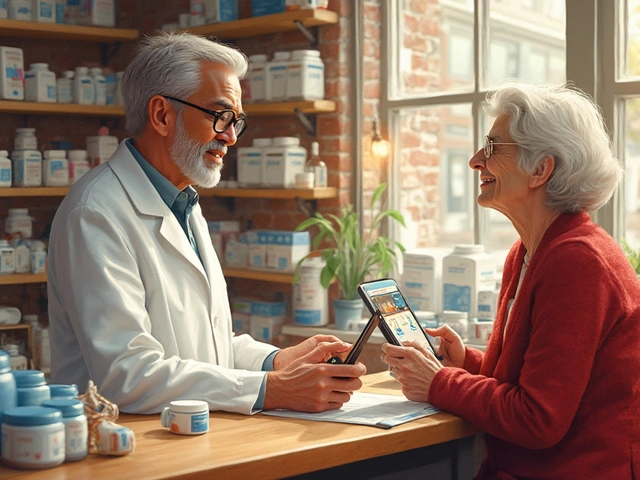Sulfamethoxazole and its potential role in treating Lyme disease
November 8 2023UV Damage: What It Is, Why It Matters, and How to Protect Yourself
When dealing with UV damage, the harm caused by ultraviolet radiation to skin, eyes, and DNA. Also known as sun damage, it can lead to premature aging, eye problems, and serious health issues. Understanding how it works is the first step toward effective protection.
How UV Radiation Hurts Your Body
Ultraviolet light comes in two main flavors: UVA, which penetrates deep into the dermis, and UVB, which mainly affects the surface. Both trigger DNA damage, mutations in skin cells that can start the cancer process. In simple terms, the sun’s rays act like invisible knives that cut the genetic code of your cells, setting the stage for problems later on. The more exposure you get, the higher the chance those cuts don’t heal properly.
One of the biggest outcomes of this cellular injury is skin cancer, a group of cancers that arise from damaged skin cells, including melanoma, basal cell carcinoma, and squamous cell carcinoma. Studies show that people with a history of severe sunburns before age 20 are dramatically more likely to develop melanoma as adults. That link makes it clear: reducing UV damage isn’t just about looking younger; it’s a life‑saving habit.
Even if cancer isn’t on the horizon, UV damage fuels photoaging. This term describes the wrinkling, loss of elasticity, and dark spots that appear when UVA‑induced free radicals break down collagen. Photoaging often shows up before any skin cancer signs, acting as an early warning that your cells are under stress. Knowing this, many choose to treat photoaging as a signal to tighten up their sun protection routine.
Enter sunscreen, a topical product that blocks or absorbs UV radiation to keep it from reaching the skin. The right sunscreen can cut more than 90% of harmful rays if you apply it properly and reapply every two hours. Look for broad‑spectrum formulas with at least SPF 30, and don’t skimp on coverage – ears, neck, and tops of feet often get missed. Using sunscreen consistently is the single most effective way to lower both skin‑cancer risk and photoaging.
But sunscreen isn’t the only line of defense. Checking the daily UV index, a scale that measures the strength of ultraviolet radiation at a given time and place helps you plan outdoor activities. When the index is 6 or higher, seek shade, wear wide‑brimmed hats, and choose UPF‑rated clothing. These simple steps work hand‑in‑hand with sunscreen to keep the cumulative UV dose low.
Your eyes need protection, too. UV exposure accelerates cataract formation and can contribute to macular degeneration. Sunglasses that block 99‑100% of UVA and UVB rays act like a shield for your lenses, reducing the risk of long‑term vision loss. Pair them with a brimmed hat, and you’ve covered the most vulnerable parts of your face.
All these strategies—broad‑spectrum sunscreen, smart clothing choices, UV‑index awareness, and eye protection—form a comprehensive plan to combat UV damage. Below you’ll find a hand‑picked collection of articles that dive deeper into each aspect, from choosing the right SPF to understanding the science behind photoaging. Explore them to build a personalized sun‑safety routine that fits your lifestyle.
 25 Sep
25 Sep
Actinic Keratosis: How Dermoscopy Improves Diagnosis
Learn how dermoscopy helps detect Actinic Keratosis early, its link to skin cancer, risk factors, diagnostic tools, and treatment options in a clear, practical guide.
Read More...



